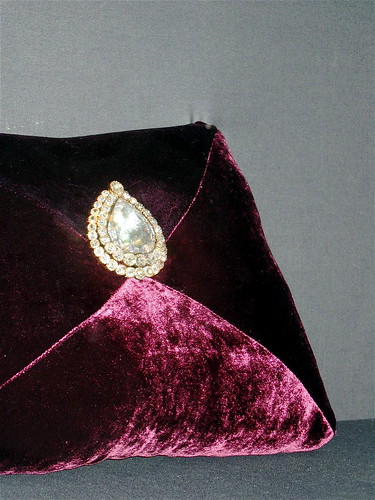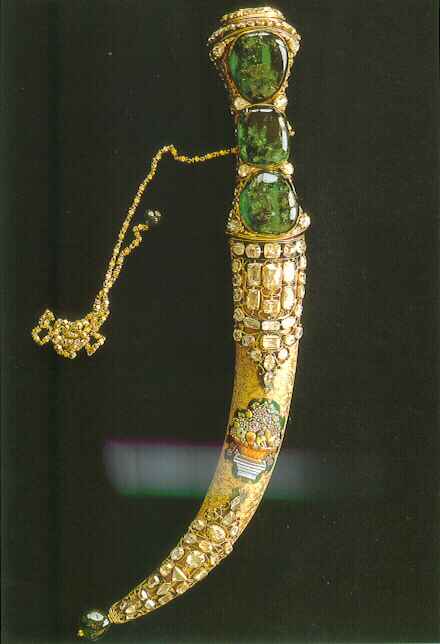 5:30am, the melodic call to prayer wafted through our window as we prepared for our first day of exploration and getting to know Turkey. We met Cheryl for breakfast and planned out our day--The Blue Mosque, Aya Sofia, Grand Bazaar, Topkapi Palace--a very full day.
5:30am, the melodic call to prayer wafted through our window as we prepared for our first day of exploration and getting to know Turkey. We met Cheryl for breakfast and planned out our day--The Blue Mosque, Aya Sofia, Grand Bazaar, Topkapi Palace--a very full day.We discussed transportation to the various sites, and Cheryl explained that most of them were very close to each other. We still didn't have any money, so we started off looking for a bank, still trying to find a Citibank or BNP where we could get cash without a fee. After returning to the BNP we noticed yesterday and finding that it is just a business office, we decided to stop wasting time and borrowed some money from Cheryl. Being who I am I proposed that we walk the mile to the area the palace and mosque are located. Although I thought Don would resist, he was a good sport and off we went marching through the crowded streets on the treacherous sidewalks, still keeping our eyes open for a Citibank.
When we reached the big plaza Cheryl pointed out the various points of interest. We went into the Topkapi Palace first and toured the Harem rooms, the throne room, and the highlight for me, the Treasury. We rented headsets with explanations in
 English, which I feel really added a lot to the visit.
English, which I feel really added a lot to the visit.The Harem rooms were very beautiful, with colorful tiles, beautifully crafted with designs of flowers,trees, geometric designs in beautiful aqua, blue and green colors.
In the Treasury we saw beautiful royal garments made of sumptuous, colorful silks, richly embroidered. One outfit, golden pantaloons and jacket, was enormous. The garments were displayed laying ou
 t on a surface, so it was hard to grasp how they may have been worn, because they were so large. The jacket was at least 5 feet wide, with sleeves that hung well below the hem, probably 8 feet long. How were these things worn? Were the sleeves pushed up, or was there a slit in the back of the sleeve, so the hand could come out and 4 feet of sleeve hang down? The pantaloons were also very large, at least 5 feet long, with a waistband and cuffs that would fit tightly around the ankles. If this outfit was worn by someone, he had to be a very large guy. I wished they would have had some of the clothing displayed on mannequins so we could get a better idea of what they might look like.
t on a surface, so it was hard to grasp how they may have been worn, because they were so large. The jacket was at least 5 feet wide, with sleeves that hung well below the hem, probably 8 feet long. How were these things worn? Were the sleeves pushed up, or was there a slit in the back of the sleeve, so the hand could come out and 4 feet of sleeve hang down? The pantaloons were also very large, at least 5 feet long, with a waistband and cuffs that would fit tightly around the ankles. If this outfit was worn by someone, he had to be a very large guy. I wished they would have had some of the clothing displayed on mannequins so we could get a better idea of what they might look like.The next room of the treasury displayed various swords, golden with jewel encrusted hilts, and elaborate scabbards, fancy casques and boxes, again made of precious metals and adorned with enormous gems--brilliant red rubies and deep green emeralds, diamonds and turquoise. There were beatidul, jeweled Koran covers, prayer beads and golden armor, encrusted with colorful gems, candalabras, flasks, and serving pots and platters. All items were made of precious metals and elaborately adorned with colorful jewels.
The third room was the best though. As we moved around the displays each item we saw was more amazing than the one before. My jaw dropped as I examined the beautiful dagger with three egg-sized brilliant green emeralds adorning the handle. I have never seen such huge jewels. Then I turned the corner and was stunned by the enormous, glittering Spoonmaker's Diamond, 86 carats, surrounded by 100 1 carat diamonds. The origin of this stone is lost in folklore, but the story that is often associated with the piece is this, taken from the writeup at http://www.ee.bilkent.edu.tr/~history/Ext/Spoondia.htm:

"A poor fisherman in Istanbul near Yenikapi was wandering idly, empty-handed along the shore when he found a shiny stone among the litter, which he turned over one over not knowing what it was. After carrying it about in his pocket for a few days, he stopped by the jewelers Market, showing it to the first jeweler he encountered. The jeweler took a casual glance at the stone and appeared disinterested, saying "It's a piece of glass, take it away if you like, or if you like I'll give you three spoons. You brought it all the way here, at least let it be worth your trouble." What was the poor fisherman to do with this piece of glass? What's more the jeweler had felt sorry for him and was giving three spoons. He said okay and took the spoons, leaving in their place an enormous treasure. It is for this reason they say that the diamond's name became the "Spoonmaker's Diamond"
The rest of the displays in the room were beautiful and rich--gem-encrusted arrow shafts and quivers, armor, chests and daggers. Other remarkable pieces included a huge em
 erald pendant, 55 centimeters long, and the bejeweled royal throne. To see some photos and read more about this amazing collection go to http://www.ee.bilkent.edu.tr/~history/topkapi3.html
erald pendant, 55 centimeters long, and the bejeweled royal throne. To see some photos and read more about this amazing collection go to http://www.ee.bilkent.edu.tr/~history/topkapi3.htmlAfter leaving the treasury we visited the display of Sacred Relics
The Topkapi Palace is not to be missed, especially the Treasury.
Don's pictures of Topkapi Palace.

No comments:
Post a Comment